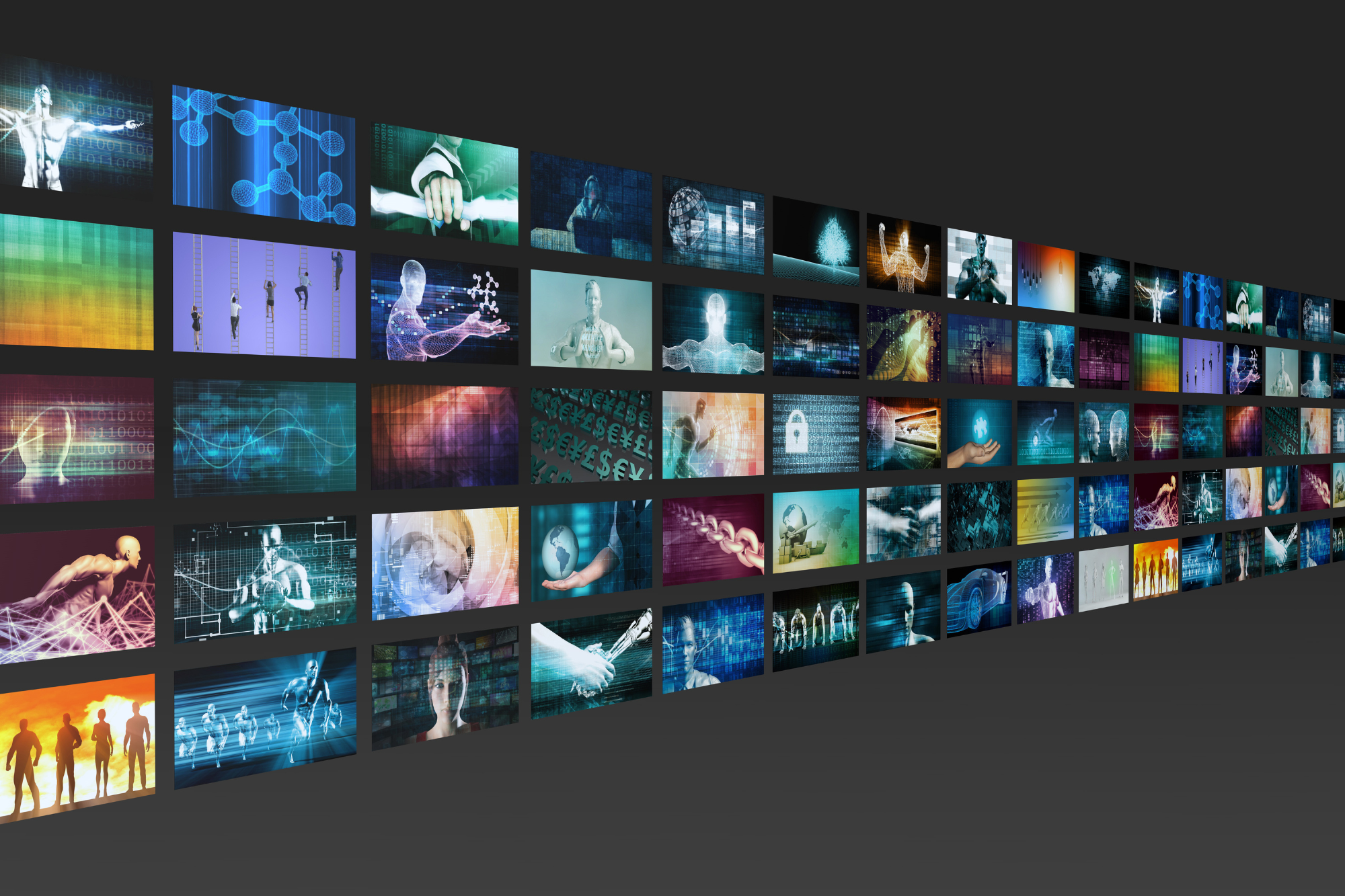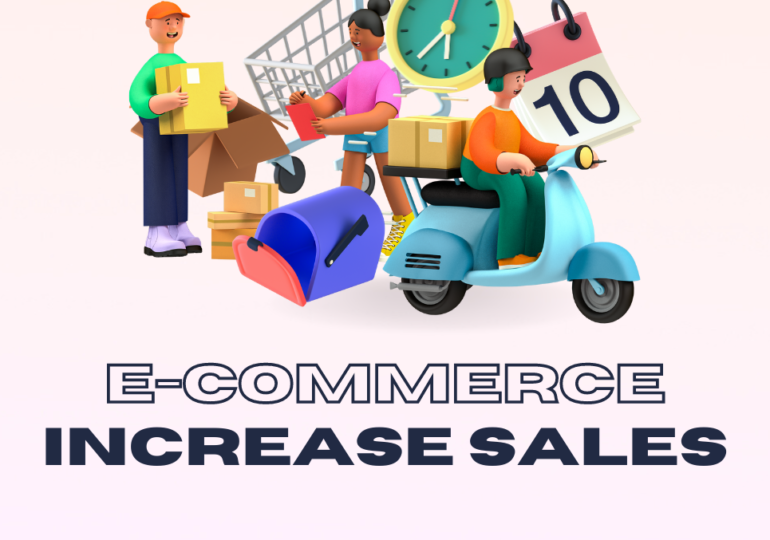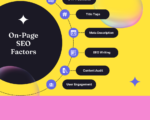What Is Advertising Technology (Adtech)? An Overview, Ecosystem, and Programmatic?

Digital advertising is a booming industry, but it can be hard to grasp the inner workings of the complex Adtech & programmatic ecosystem. First emerging around the 1990s, Adtech has since come a long way. Adtech is an industry term for the digital advertising ecosystem that uses technology to help advertisers buy, sell and measure ads.
The word “Adtech” can refer specifically to companies in this space, but it’s more commonly used as a blanket term for all parts of this industry. In this post, we’ll give you an overview of what Adtech is, how it works and why it’s so important.
We’ll also dip into Programmatic advertising and the whole Adtech ecosystem.
What is Advertising Technology (Adtech)?
Advertising Technology (Adtech) is a technology that is used in the advertising industry. It’s often referred to as a subset of Software as a Service (SaaS), but it can also be considered a component within it.
The purpose of Adtech is to market products and services by advertising them to consumers through various channels like social media, search engines, video sites and so on. This enables businesses to directly reach their potential customers cost-effectively with minimal human interaction needed from the advertiser themselves.
Adtech also refers to the tools and software used by brands and agencies to plan, manage, and execute their advertising campaigns. Adtech is what makes it possible for companies to use data to identify potential customers on social media platforms such as Instagram, FB, Twitter, etc. in order to target them with relevant ads that convert into sales.
In short, advertising technology is the software and hardware that powers digital advertising. It’s what makes digital advertising possible.
The Adtech Ecosystem
If you’re new to Adtech, it’s helpful to get a basic understanding of the ecosystem and the main technologies that make up the field.
In a broader sense, Adtech is the collection of companies that comprise the advertising and technology industries. These companies are sometimes called Adtech vendors or simply Adtech.
There are two types of Adtech vendors: those who are involved in the buying and selling of ads (media buyers) and those who provide technology to help people buy and sell ads (Adtech vendors).
There are several components that are a part of the Adtech ecosystem: ad networks, and ad exchanges, including programmatic (i.e., real-time bidding [RTB]), demand side platforms (DSPs), data management platforms (DMPs), and analytics companies.
The Adtech Ecosystem and All Its Moving Parts

If you’re a marketer, the best way to understand Adtech is to think of it as the collection of software and technology that powers your digital advertising efforts.
Adtech includes ad networks, ad exchanges, demand-side platforms (DSPs), data management platforms (DMPs), customer relationship management (CRM) systems and other software tools.
Let’s look at the various elements of an Adtech ecosystem in detail.
Ad Network
An ad network is a company that places ads on behalf of advertisers across many different websites or mobile applications simultaneously based on targeting criteria defined by each individual advertiser’s needs.
It acts as a mediator between publishers and advertisers. It also helps to match the right advertisers with the right publishers while also helping to facilitate the buying and selling of advertisement space. It may also manage relationships between publishers and advertisers/agencies in addition to serving ads directly from its own ad server(s).
Ad networks typically cover many different types of inventory (i.e., sites where ads can be shown), such as social media platforms, mobile apps, video streaming sites, etc. They make money from charging advertisers based on impressions served or clicks generated by their creative campaigns.
SSPs (Supply-Side Platform)
An SSP (Supply-Side Platform) is another type of technology used for advertising purposes that allow publishers to sell their own ad space directly through a software platform instead of going through an intermediary like Google AdSense or Facebook Audience Network (see below).
RTB (Real-Time Bidding)
Advertisers use platforms to buy inventory from publishers or sell their own ads programmatically—and they do it using real-time bidding (RTB). This type of automation has helped increase efficiency in media buying and put more money into publishers’ pockets by reducing waste with better targeting capabilities across various channels at scale.
DSPs help advertisers optimise their media spending using targeting data they’ve collected from third parties such as social networks or data management platforms (DMPs).
In addition to these two main pieces, there are many other pieces of the ad tech ecosystem, including ad verification companies, real-time bidding platforms and supply-side video platforms.
Ad Server
An application that manages the delivery of ads based on preset parameters set by an advertiser or agency. Ad servers usually store creative assets as well as other data, such as cost per click rates for future use by internal processes like planning tools and campaign management.
A publisher can also connect directly with third-party ad networks in order to sell their inventory through those networks’ DSPs instead of using their own internal toolset for buying ads from multiple sources at once (known alternatively as a private marketplace).
DMPs (Data Management Platforms)
DMPs are used to collect and store data about users. They can be used to improve targeting, reporting and analysis of your advertising campaigns. DMPs are designed to help you understand your customers and their behaviour so that you can target them more effectively.
Programmatic Advertising
There’s a lot of buzz surrounding programmatic. But what exactly is “programmatic”? And more importantly, where does it fit into your overall marketing strategy?
In simple terms, programmatic advertising is a method to buy and sell ad space in real-time. It’s called programmatic because it uses software to automate the process of buying and selling ads. Advertisers use this technology to reach their target audience most effectively, while publishers can use it to increase the amount they earn from each impression.
Programmatic advertising works by using data—data about who you are and what your interests are—to make decisions about how much to pay for specific ads or which ones to display on websites or mobile apps in real time.
For example, if you’re visiting a website about running marathons, it might show you an ad for shoes that look like those worn by your favourite runner (and maybe even suggest shoes based specifically on his or her shoe size).
There are many ways to approach programmatic advertising, and the strategies that work best for you typically depend on how much time and money you want to invest.
Why Is Programmatic Advertising Important in the Advertising Technology Ecosystem?
Programmatic allows advertisers to target their audience more effectively and create more relevant ads and content.
A programmatic ad is essentially optimised for a specific user at a specific moment. Programmatic ads are usually bought through software algorithms that allow advertisers to bid on audiences at various times throughout the day.
These algorithms analyse data about users’ browsing habits, location information and other factors that indicate how likely they are to tap/click on an ad or purchase something from the advertiser.
From a broader perspective, programmatic is not new technology. But it has become increasingly popular recently.
Adtech companies are responsible for buying and selling digital advertising at scale on behalf of advertisers and publishers. Programmatic technology allows you to manage your campaigns through an automated system that matches your ads with available inventory across multiple channels.
The software then places orders in real-time based on different factors, such as audience targeting or demographic information, as well as bidding strategies set by you or other buyers in the marketplace (auction-style vs reserved).
Programmatic’s usage has grown swiftly over time. The reason for this rapid growth lies in three factors:
- The growing need for better targeting capabilities;
- The increasing adoption rates among advertisers; and
- Growing demand from publishers who want higher yields without having to manage the entire process manually.
Types of Programmatic Advertising Methods and Models
Programmatic advertising is a type of advertising technology that allows for automated buying and selling of digital media. It uses data-driven techniques to decide how, when, where and why ads are shown across various channels, including mobile devices, social networks and online video (in addition to other platforms).
The types of programmatic offerings include:
- Programmatic direct: This model allows advertisers to buy from publishers directly without any middlemen. Advertisers bid on inventory through an exchange or directly with publishers in real-time using a self-serve interface during campaigns.
- The publisher sets the pricing tiers within its site or app based on factors such as audience size, geography and device type; advertisers then bid against one another for those slots based on their desired audience demographics.
- Programmatic direct has been gaining traction over traditional display advertising because it allows marketers more control over both budgeting and targeting options than traditional display offers them for similar costs.
- Programmatic guaranteed: This method involves using private marketplaces (PMPs), which allow advertisers purchase guaranteed impressions from publishers at set prices per click-through rate (CTR), cost per thousand impressions (CPM), revenue share or return on investment (ROI).
- In this scenario, marketers buy ad space upfront before they run their campaign while knowing exactly what they’ll pay per impression regardless if there’s no guarantee that every advertisement will be seen by users due to pageviews being limited by demand rather than supply—which means if someone doesn’t get interested enough in seeing an ad, then they won’t even see it!
The Bottom Line
Programmatic advertising is a highly effective way to reach the right people with your ads, but it can be time-consuming.
There’s good news! There is a bunch load of different options when it comes to programmatic advertising, so you don’t have to go all-in if you don’t want to or if you don’t think it will work for your business.
We hope we’ve helped you get a better understanding of how the advertising tech ecosystem works and why it is so important.
This is just a brief overview, but we believe it has given you insight into building your own Adtech stack!
TeCuriosity brings such insightful stories to you on a daily basis. So, make sure to subscribe to TeCurosity’s newsletter. And never miss any updates!














